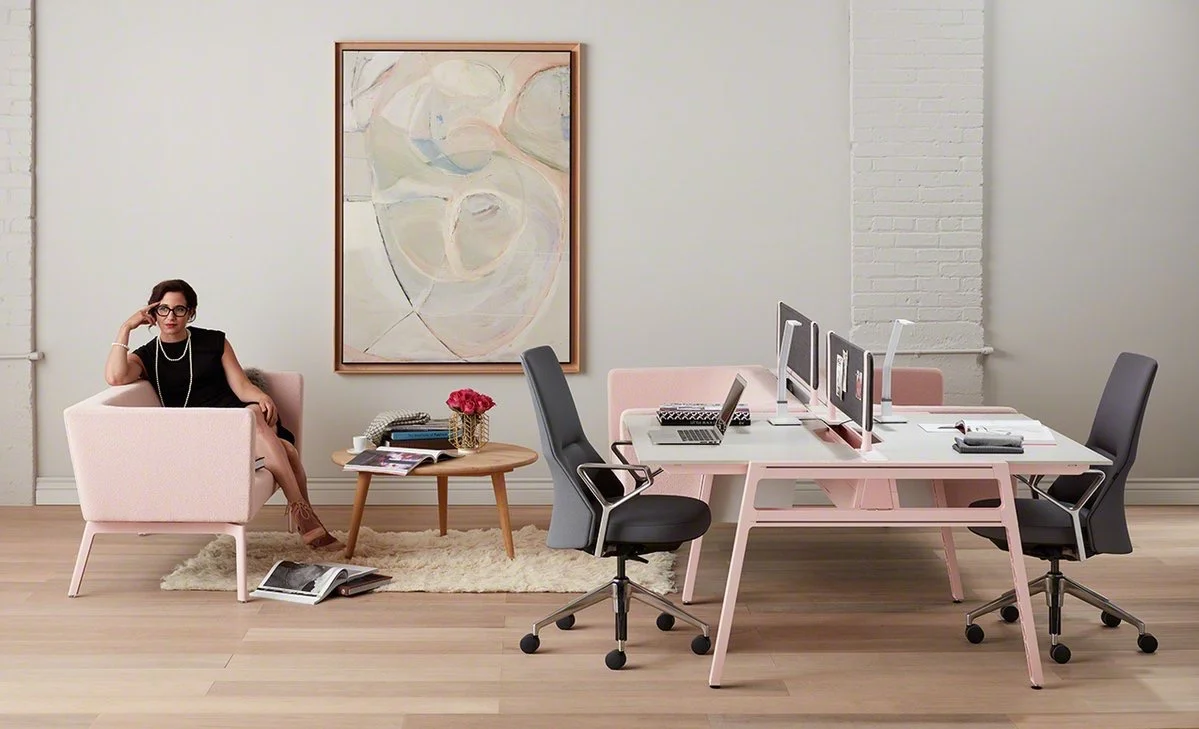Organizations across every sector are harnessing digital technologies to become more consumer-centric. But this laser focus on serving and pleasing customers can have unintended consequences. Consider recent debates about Airbnb's alleged impact on local rental markets, fake news's influence on the U.S. presidential election, and the role of social media in Kim Kardashian’s $5 million jewelry robbery. In each case, the companies gave users what they wanted. But at what cost?
In 2017, consumers and media will challenge the actions of organizations that impact their lives, forcing digital ethics up corporate and legislative agendas. Institutions will focus more closely not just on their customer and employee experiences but also on "social experience"—how their business and design decisions affect society as a whole.

























